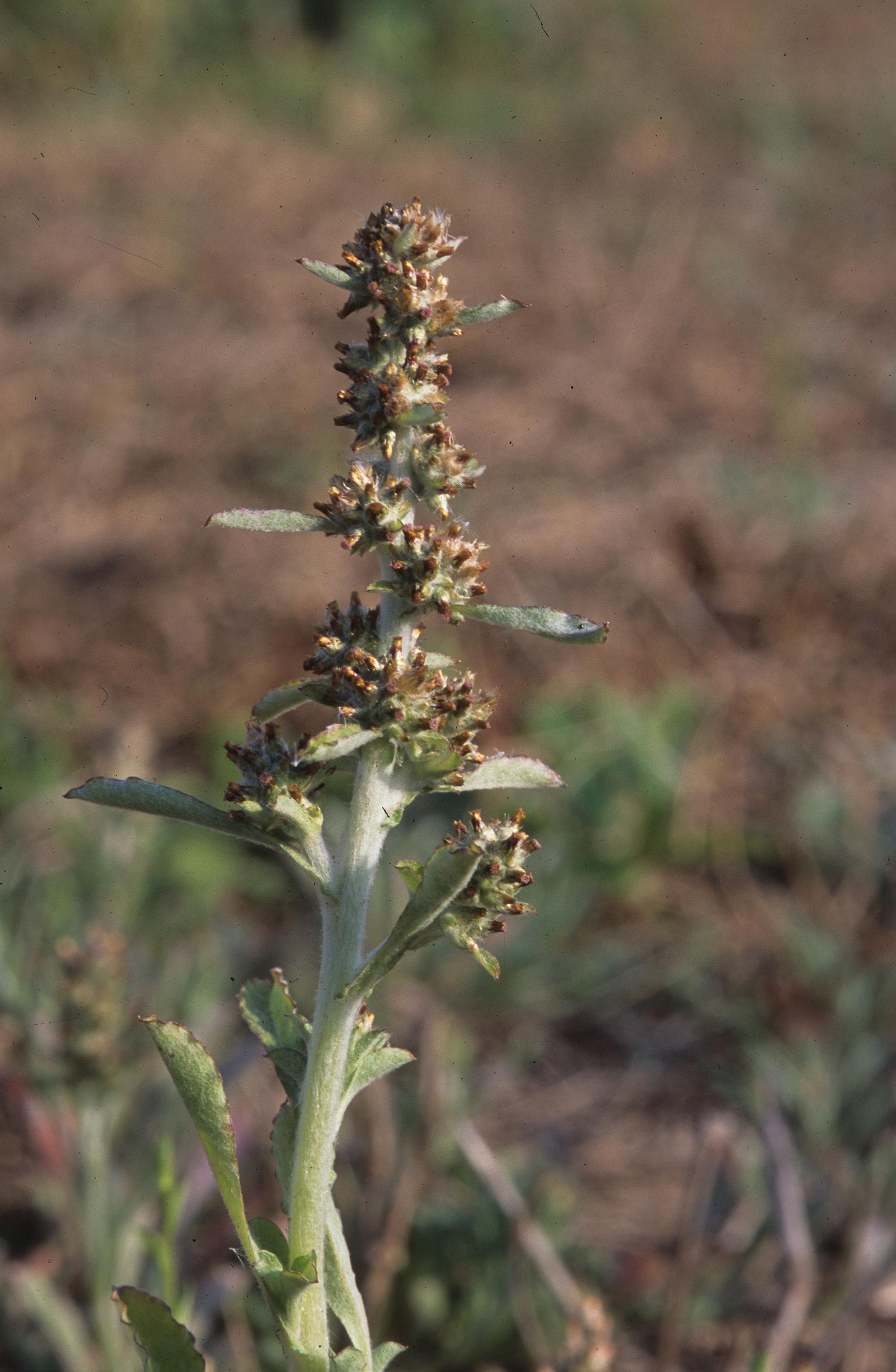Difference between revisions of "Gamochaeta coarctata"
(→Description) |
|||
| Line 24: | Line 24: | ||
==Ecology== | ==Ecology== | ||
===Habitat=== <!--Natural communities, human disturbed habitats, topography, hydrology, soils, light, fire regime requirements for removal of competition, etc.--> | ===Habitat=== <!--Natural communities, human disturbed habitats, topography, hydrology, soils, light, fire regime requirements for removal of competition, etc.--> | ||
| + | |||
| + | This species has been found in open areas in and between shrubs, clearings of bottomland woodlands along rivers, and hillside bogs (FSU Herbarium). It has been observed to grow shaded and partially shaded environments in dry and moist sandy loam (FSU Herbarium). This species also has been seen growing in human disturbed areas such as roadsides, vacant lots, swamp clearings, lawns, trails, golf courses, waste places, around houses and public buildings, and along fences (FSU Herbarium). | ||
| + | |||
===Phenology=== <!--Timing off flowering, fruiting, seed dispersal, and environmental triggers. Cite PanFlora website if appropriate: http://www.gilnelson.com/PanFlora/ --> | ===Phenology=== <!--Timing off flowering, fruiting, seed dispersal, and environmental triggers. Cite PanFlora website if appropriate: http://www.gilnelson.com/PanFlora/ --> | ||
===Seed dispersal=== | ===Seed dispersal=== | ||
Revision as of 15:09, 13 July 2015
| Gamochaeta coarctata | |
|---|---|

| |
| Photo was taken by Gil Nelson | |
| Scientific classification | |
| Kingdom: | Plantae |
| Division: | Magnoliophyta - Flowering plants |
| Class: | Magnoliopsida – Dicotyledons |
| Order: | Asterales |
| Family: | Asteraceae ⁄ Compositae |
| Genus: | Gamochaeta |
| Species: | G. coarctata |
| Binomial name | |
| Gamochaeta coarctata (Willd.) Kerguélen | |

| |
| Natural range of Gamochaeta coarctata from USDA NRCS Plants Database. | |
Contents
Description
Common Name: gray everlasting
Distribution
Ecology
Habitat
This species has been found in open areas in and between shrubs, clearings of bottomland woodlands along rivers, and hillside bogs (FSU Herbarium). It has been observed to grow shaded and partially shaded environments in dry and moist sandy loam (FSU Herbarium). This species also has been seen growing in human disturbed areas such as roadsides, vacant lots, swamp clearings, lawns, trails, golf courses, waste places, around houses and public buildings, and along fences (FSU Herbarium).